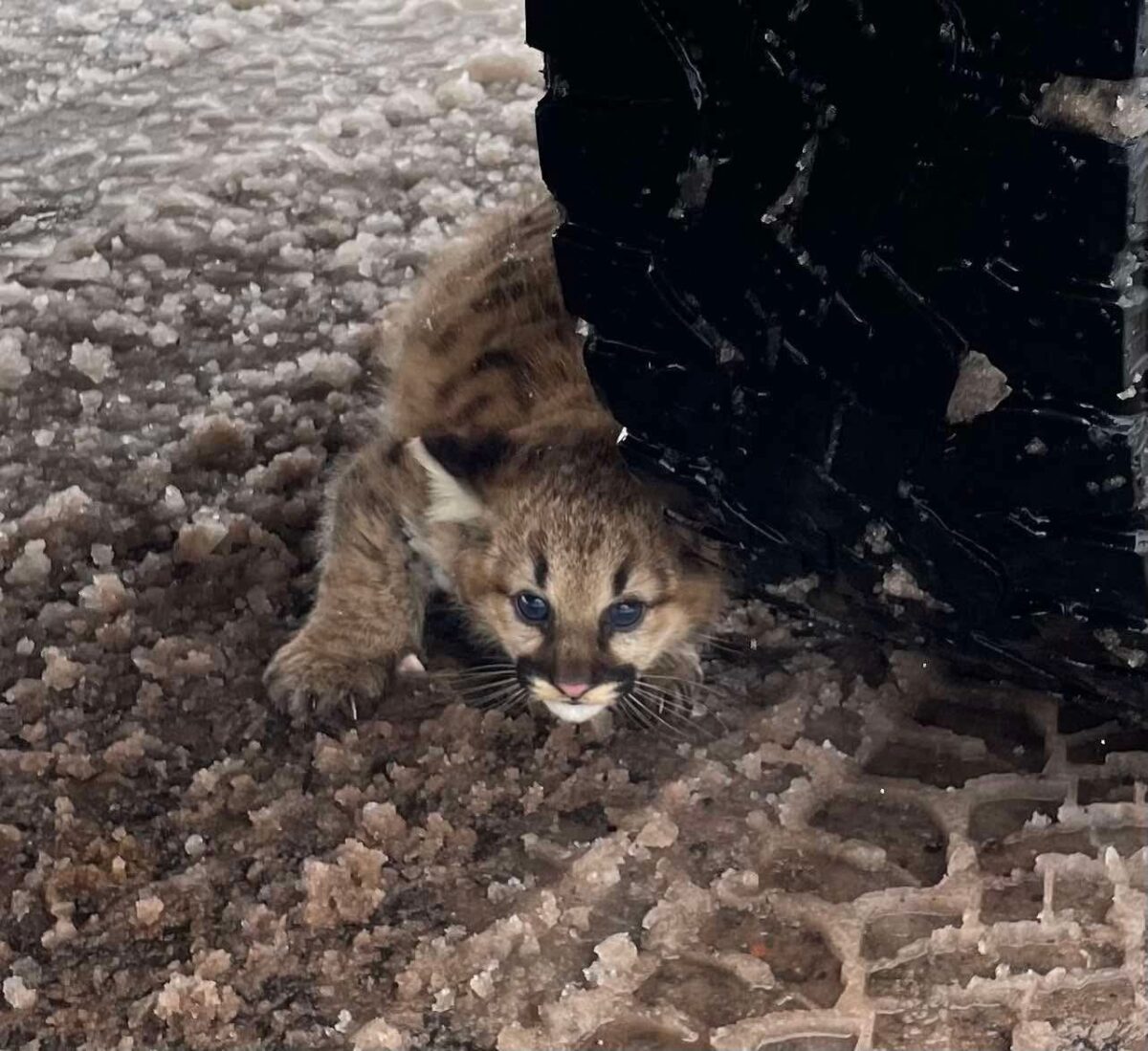Groups Urge USFWS to Protect and Recover Cougars Coast to Coast
Agency claims eastern cougar “subspecies” is extinct, but DNA evidence says all cougars in North America are the same subspecies
MEDIA CONTACTS:
Christopher Spatz, Cougar Rewilding Foundation, 845-658-2233, spatzcat61@gmail.com
Lynn Cullens, Mountain Lion Foundation, 916-606-1610, LCullens@mountainlion.org
Greg Costello, Wildlands Network, 206-260-1177, greg@wildlandsnetwork.org
Photos available for media use
When the U.S. Fish and Wildlife Service (USFWS) declared in 2011 that the eastern cougar was extinct, the irony reverberated throughout the wildlife-protection movement. In a letter to USFWS this week, conservation organizations commented that the problem with such a decision is that no scientific evidence exists that the cougars which once ranged the East are different than other cougars throughout North America.
“The USFWS cannot declare extinct a cougar subspecies our best science now understands never existed,” says Cougar Rewilding Foundation president, Christopher Spatz. “The USFWS needs to develop a federal recovery plan for the entire historic range of the North American cougar including the eastern U.S.”
Currently, the puma species native to the western hemisphere taxonomically is named Puma concolor (also known as cougar, mountain lion, and panther). Listed as an endangered species in 1973, Puma concolor couguar, the eastern cougar, was just one of 32 subspecies described in 1946. However, genetic research in the 1990s determined there were just six subspecies, including the one that is widely distributed across North America, Puma concolor cougar.
The 2011 USFWS review acknowledges that the 1946 taxonomy of the eastern cougar is flawed. Modern research cannot distinguish between the thousands of cougars living throughout the western U.S. and the rare historic specimens tested east of the Mississippi River. Cougar biologists now generally agree there is a single North American subspecies.
“This is a simple case of a broadly-dispersed North American subspecies moving to recover its historic range east of the prairie states,” said Lynn Cullens of the Mountain Lion Foundation. “The big cats face no fewer threats than when they were originally listed. Federal action should include, not remove, protections for animals seeking territory within the former range.”
The main point made by cougar advocates is that cougars need federal protection under the Endangered Species Act (ESA) across the entire range from which they were exterminated. Recolonization has been attempted by cougars dispersing from prairie states into the Midwest for a generation, with rare evidence of the cats roaming as far afield as the Michigan Upper Peninsula, Kentucky and even Connecticut.
“The Midwest has been a cougar graveyard for 25 years,” said Spatz, “Females and wild kittens have not been documented east of the Missouri River.”
Adding to the complexity of the puma recovery effort is the fact that the endangered panther of Florida – currently listed under the ESA as a subspecies – shares the primary genetic makeup of the rest of the U.S. population.
“As the lone surviving cougar population in the East,” said Cullens, “the panther’s federal recovery plan, including reintroductions, is critical to recovery across the southeastern U.S., and the panther should remain fully protected by future USFWS decisions.”
A recent scientific paper, “An Ecosystem Service of Cougars,” gave a strong boost to the argument for a new federal recovery plan for cougars when it pointed out that deer in the U.S. (the cat’s main prey) cause 1.2 million deer-vehicle collisions annually, incurring $1.66 billion in damages, 29,000 injuries, and over 200 deaths.
“Pumas are one of the most important ecosystem regulators we have,” notes Greg Costello of Wildlands Network. “When people see the economic and safety value of big carnivores doing their natural work, we’ll all benefit.”
“We can’t rely on a shooting gallery of state laws that encourage everything from unenforced protections to ‘kill on sight’ to no policy at all,” notes Cullens. “State laws are real obstacles, sure as bullets, and cougars don’t see borders.”
The groups believe that the federal law and spirit that restored bald eagles and peregrine falcons to the East should apply to every cougar on a journey to reclaim its historic range.
###
2,730 individuals and these 73 organizations signed the letter:
Advocates for Snake Preservation
American Ecological Research Institute
Animal Legal Defense Fund
Answers for Animals, LLC
Anthony’s ALL Service
Arc of Appalachia Preserve System
AZ Public Media
Battle Creek Alliance & Defiance Canyon Raptor Rescue
Beartracker Wildlife Tracking Services
Canis Lupus 101
Chrissie’s Fund
Connecticut Audubon Society
Cougar Rewilding Foundation
Eastern Coyote/Coywolf Research
Endangered Habitats League
Environmental Defenders of McHenry County
Every Sig Counts
Friends of the Wisconsin Wolf & Wildlife
Ghost Cat Habitat
Great Old Broads for Wilderness-Phoenix Broadband
International Wildlife Bond
Julian Mountain Lion Project
Justice for Wolves
Keeping Track
Kentucky Coalition for Animal Protection, Inc
Kentucky Heartwood
Laguna Greenbelt, Inc.
Los Alamos Study Group
Mountain Lion Foundation
Mountains Restoration Trust
National Wolfwatcher Coalition
Nevada Wildlife Alliance
Next 2 the Tracks
Oregon Tiger Sanctuary
Pasadena Audubon Society
Placer Nature Center
Predator Defense
Primero Conservation
Project Bobcat
Project Coyote
Public Interest Coalition
Raptors Are The Solution
Rare species conservatory foundation
RESTORE: The North Woods
Safe Haven Wildlife Sanctuary
San Bernardino Valley Audubon Society
Save Our Sky Blue Waters
Sea Shepherd Conservation Society
Sequoia Forestkeeper
Sonoma County Wildlife Rescue
South Dakota Lion Activism
Southern California Desert Video Astronomers
Southern Colorado Environmental Council
Southwest Environmental Center
Symba Wildlife Conservation
Tennessee Heartwood
The Animal Interfaith Alliance
The PathWalker Group
The Rewilding Institute
The Wildcat Sanctuary
Topanga Creek Watershed Committee
TrailSafe Nevada
Warrior for the Wolf
Western Wildlife Conservancy
Wild Oasis
Wild Virginia
WildCat Ridge Sanctuary
WildEarth Guardians
WildFutures
Wildlands Network
Wildlife Research Institute
Wolves of Douglas County Wisconsin
Wyoming Untrapped



 Facebook
Facebook Twitter
Twitter Send Email
Send Email


